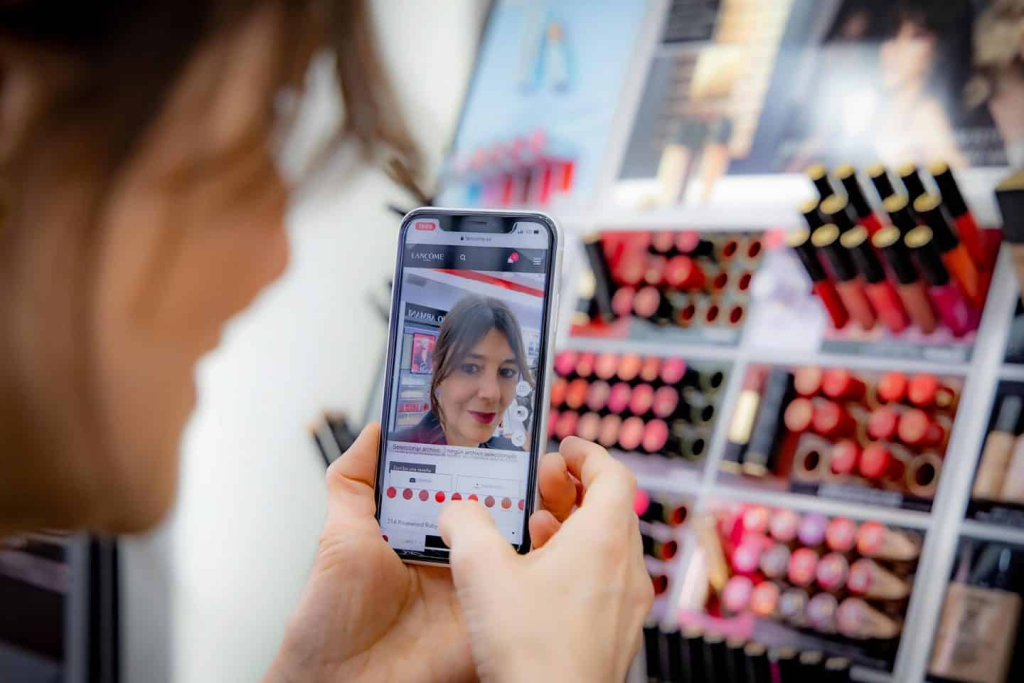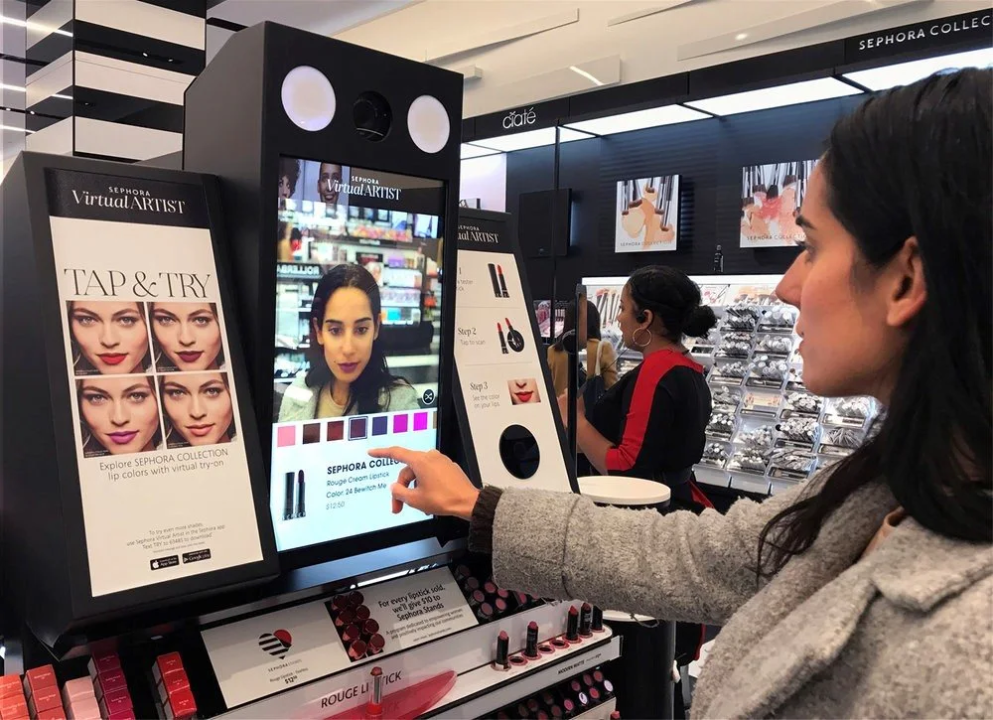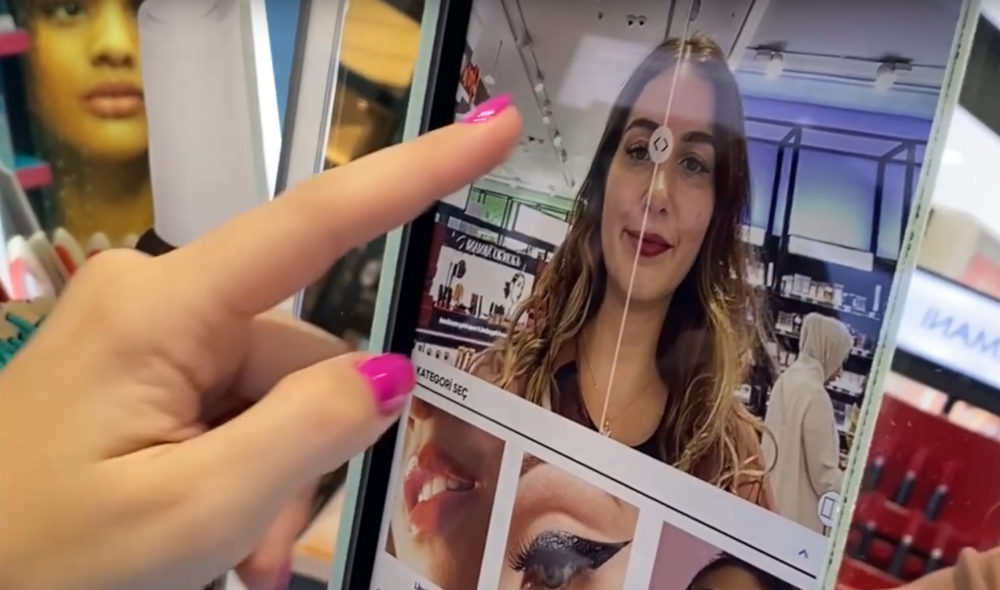In the rapidly evolving world of e – commerce, new technologies are constantly emerging to enhance the shopping experience. Among these, augmented reality (AR) has emerged as a powerful tool that is transforming the way consumers interact with products and make purchasing decisions. Let’s explore the significant role that augmented reality plays in e – commerce.

I. Understanding Augmented Reality in E – Commerce
A. What is Augmented Reality?
- Blending the Real and Digital Worlds
Augmented reality is a technology that overlays digital information, such as images, videos, or 3D models, onto the real world. In the context of e – commerce, it allows customers to visualize products in their own environment. For example, a customer can use their smartphone camera to see how a piece of furniture would look in their living room. - How it Works
AR applications use a combination of sensors, such as cameras and gyroscopes, on mobile devices. These sensors detect the user’s surroundings and then display the relevant digital content in the appropriate position. For instance, when a customer points their phone at a specific area, the AR app can show a virtual product in that space.
B. The Growing Popularity of AR in E – Commerce
- Changing Consumer Expectations
Consumers today are more tech – savvy and expect innovative shopping experiences. AR provides an interactive and immersive way to explore products. For example, in the beauty industry, customers can use AR to virtually try on makeup products. This meets their desire for a more engaging and personalized shopping journey. - Competitive Advantage for Brands
Brands that adopt AR gain a competitive edge. They can stand out in a crowded market by offering unique experiences. For instance, an online clothing store that uses AR to let customers see how clothes fit on a virtual model is likely to attract more customers than a store without this feature.
II. The Benefits of Augmented Reality in E – Commerce
A. Enhanced Product Visualization
- Seeing Products in Real – Life Scenarios
AR enables customers to visualize products in real – life scenarios. For example, a customer interested in buying a new lamp can use AR to see how it would look and fit in their bedroom. This helps them make more informed purchasing decisions as they can better understand the size, color, and style of the product in their own space. - Reducing Product Returns
When customers can accurately visualize a product before buying, they are less likely to return it. For example, if a customer can see exactly how a piece of furniture will look in their home using AR, they are more confident in their purchase. This reduces the costs associated with product returns for e – commerce businesses.
B. Interactive Shopping Experiences
- Virtual Try – Ons
In industries like fashion, beauty, and eyewear, AR offers virtual try – on features. Customers can use their devices to virtually try on clothes, makeup, or glasses. For example, a customer can see how a pair of sunglasses looks on their face without physically trying them on. This interactive experience makes shopping more fun and engaging. - Product Demonstrations
AR can also be used for product demonstrations. Brands can create AR experiences that show how a product works or its features. For example, a tech company can use AR to demonstrate the functions of a new smartphone, allowing customers to interact with the virtual model and understand its capabilities better.

C. Increased Customer Engagement
- Social Sharing of AR Experiences
AR experiences are highly shareable on social media. When customers have an interesting AR interaction with a product, they are likely to share it with their friends and followers. For example, a customer who uses AR to virtually decorate their room with furniture might share a video of the experience on Instagram. This can increase brand awareness and attract new customers. - Building Brand Loyalty
By providing unique and engaging AR experiences, brands can build stronger relationships with their customers. Customers who have a positive AR – enabled shopping experience are more likely to become loyal to the brand. For example, a brand that consistently offers useful AR features for its products will keep customers coming back for more.
III. Challenges and Future Outlook of AR in E – Commerce
A. Challenges in Implementing AR
- Technical Limitations
One of the main challenges is the technical limitations of AR. Some mobile devices may not have the necessary processing power or sensors to support high – quality AR experiences. For example, older smartphones may have trouble rendering complex 3D models accurately in AR. - Cost of Development
Developing AR applications can be expensive. Brands need to invest in software development, 3D modeling, and testing. For small e – commerce businesses, this cost can be a barrier to adopting AR technology.
B. Future Possibilities of AR in E – Commerce
- Further Integration with Online Stores
In the future, we can expect to see more seamless integration of AR with online stores. For example, AR features may be integrated directly into product pages, making it even easier for customers to access and use them. - Expansion to More Product Categories
AR is likely to expand to more product categories. Currently, it is mainly used in fashion, beauty, and furniture. But in the future, we may see AR being used for products like home appliances, toys, and even food items. For example, customers could use AR to see how a new kitchen appliance would fit in their kitchen or to visualize the ingredients of a food product.

In conclusion, augmented reality is playing an increasingly important role in e – commerce. It offers numerous benefits such as enhanced product visualization, interactive shopping experiences, and increased customer engagement. While there are challenges to overcome, the future of AR in e – commerce looks promising. As technology continues to improve and costs decrease, we can expect AR to become an even more integral part of the e – commerce landscape.





